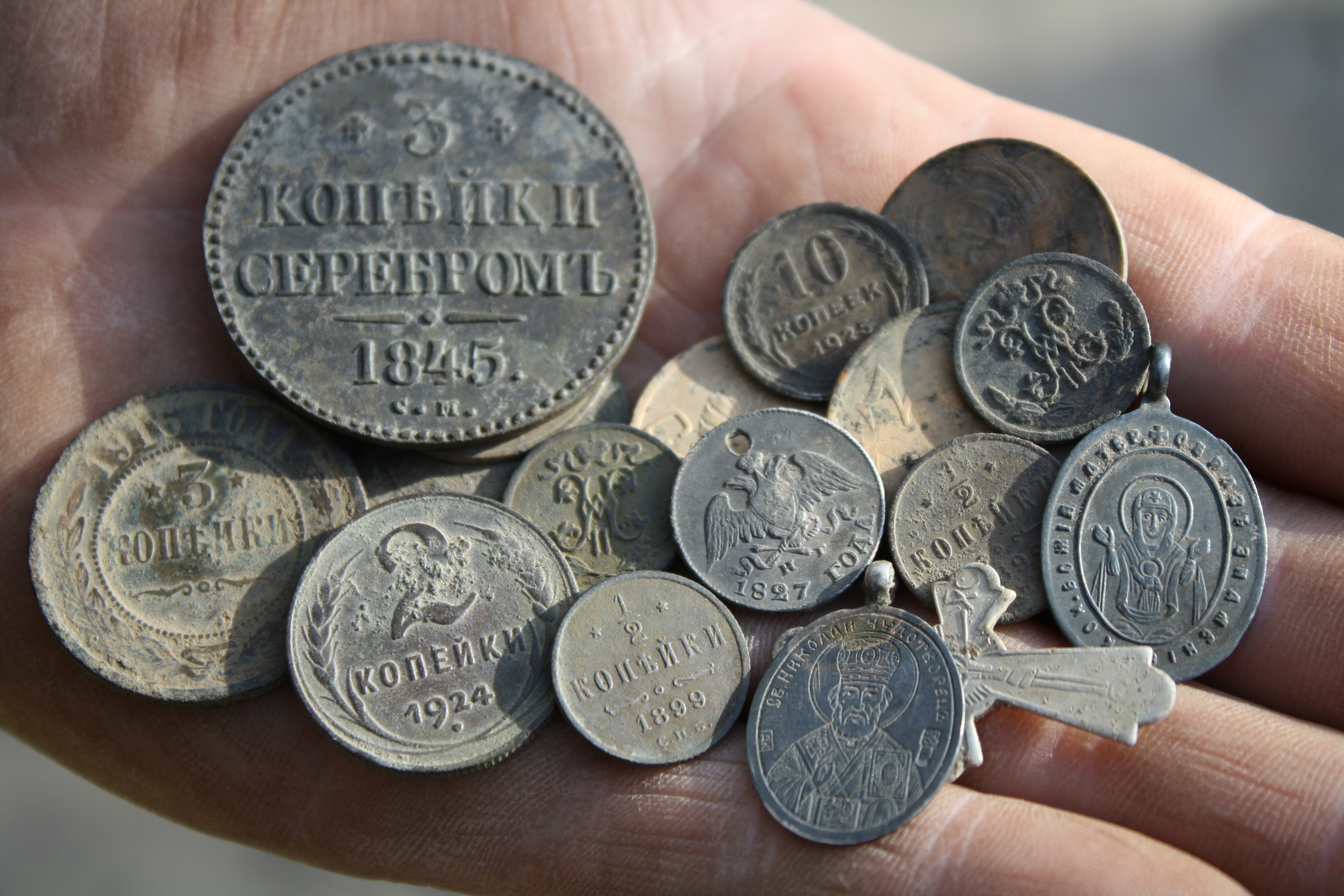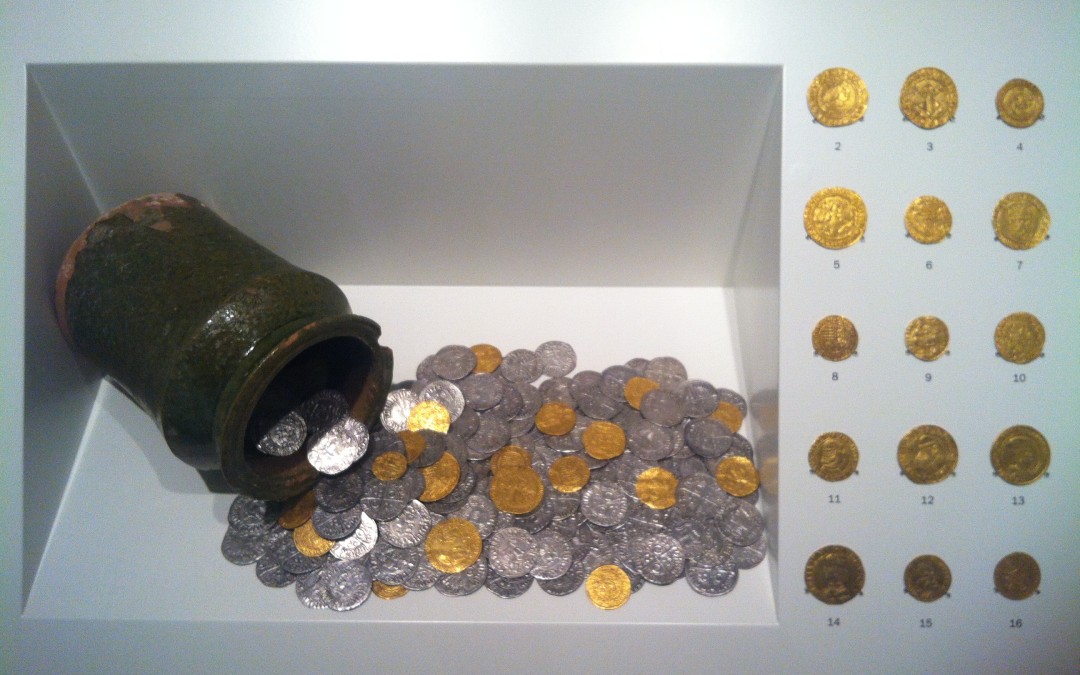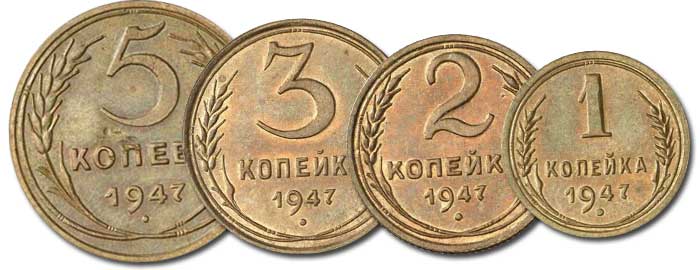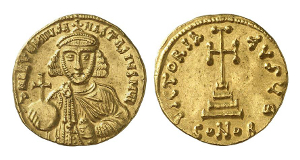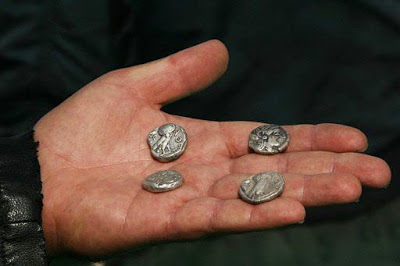Byzantine emperors
Chinese Coins – 2000 Years of Coin History and Money
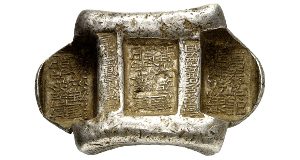 China is the most populous country in the world. Its population is 1 billion inhabitants, and the history goes back more than 2000 years. Scientists have found that money was used in China in the Neolithic era. Then, however, money, served as cowry shells (“primitive money”). Later, the means of payment were made of bronze in the form of objects of labor, for example, in the form of a knife (bu) or a shovel (dao).
China is the most populous country in the world. Its population is 1 billion inhabitants, and the history goes back more than 2000 years. Scientists have found that money was used in China in the Neolithic era. Then, however, money, served as cowry shells (“primitive money”). Later, the means of payment were made of bronze in the form of objects of labor, for example, in the form of a knife (bu) or a shovel (dao).
It is believed that Emperor Qin Shi Huang (247-210 BC) in 211 BC introduced the first round coins with a square hole in the center (qian). Continue reading
Coins and medals of the colonial countries (XVI-XXI centuries)
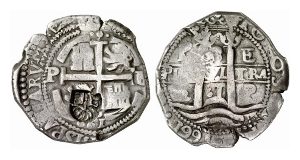 While in some countries, for example, in China or Japan, money in the form of coins was used for a long time, most of the Asian, African and American continents at the beginning of the 16th century remained a non-monetary zone.
While in some countries, for example, in China or Japan, money in the form of coins was used for a long time, most of the Asian, African and American continents at the beginning of the 16th century remained a non-monetary zone.
In Africa, the circulation of coins was not developed until the New Age, and the means of payment were the predecessors of the coins, money in the form of pebbles and seashells. In such regions, coins most often came in the baggage of overseas colonialists, and the first minted coins were copies of metropolitan coins, marked with an additional sign to indicate the corresponding metropolis. Continue reading
Possessions of the Habsburgs – Austria (XII-XX centuries)
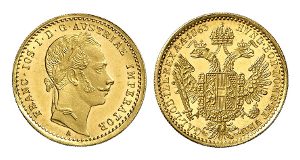 In 1273, King Rudolph I became the first representative of the Habsburg clan who ascended to the Roman-German throne. It began the reign of the Habsburg dynasty, which lasted until the reign of Charles I (1916-1918), the last emperor of Austria.
In 1273, King Rudolph I became the first representative of the Habsburg clan who ascended to the Roman-German throne. It began the reign of the Habsburg dynasty, which lasted until the reign of Charles I (1916-1918), the last emperor of Austria.
From 1438 until the fall of the empire in 1806, almost all German kings and Roman-German emperors came from the Hapsburg clan. Thanks to the skillful marriage policy, true to the motto “Motto Bella gerant alii, tu felix Austria nube” (“Let others wage wars – you, happy Austria, marry”), from the Middle Ages until the New Age, the Habsburg managed to create a network in Europe dynastic ties that, among other things, provided them with rule in regions such as Bohemia and Hungary, Spain and Portugal, as well as in Milan and parts of Lombardy. Continue reading
